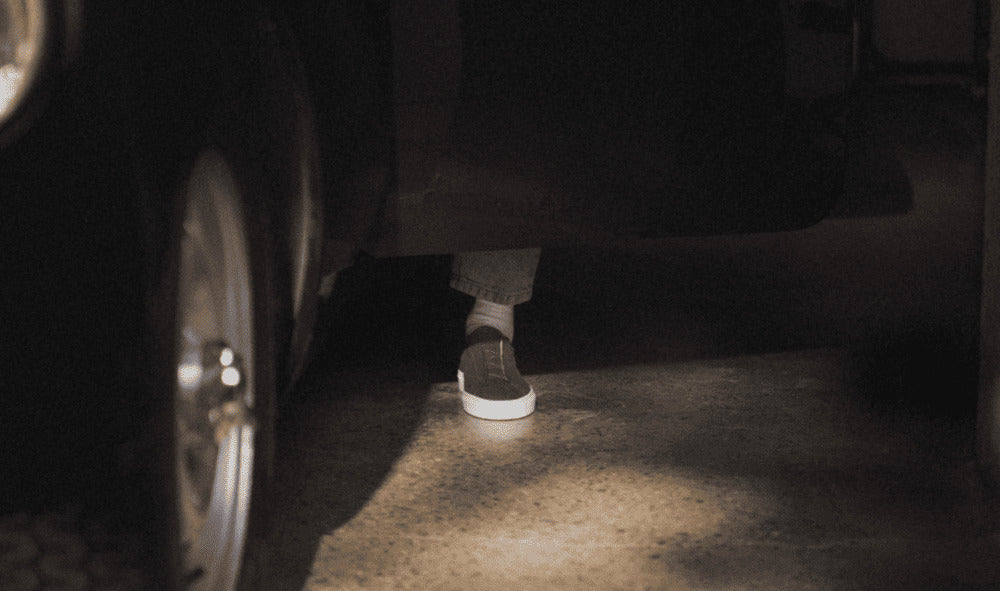
A great pair of sneakers should feel as good as they look. Fit affects everything from how you walk to how long your shoes last. Still, many people are unsure how sneakers should fit, often relying on the number printed on the box rather than how the shoe actually feels on foot.
In this guide, we break down how to get the right fit, what signs to look for, and how Koio designs sneakers with fit in mind from day one.
Why Sneaker Fit Matters?
The way your sneakers fit affects much more than just comfort. A good fit helps your feet function the way they are meant to, giving you better posture, more balance, and less fatigue throughout the day. Shoes that are too tight or loose can lead to issues like heel pain, joint strain, or worn-out shoes before their time.
A well-fitting sneaker also protects your body with every step. It distributes pressure evenly, absorbs shock, and moves naturally with your foot. Whether you're walking through a city, standing at work, or running errands, knowing how to fit sneakers can make every step feel better.
The Gold Standard Fit: What to Look For
There are four main areas that tell you whether a sneaker fits properly:
- Toe Space: You should have room to move your toes freely without hitting the front of the shoe.
- Heel Grip: The heel should feel secure without slipping as you walk.
- Width: Your foot should sit comfortably over the midsole, not spilling over or leaving extra space.
- Flex Point: The shoe should bend where your foot bends, usually near the ball of the foot.
These signs help you understand how sneakers are supposed to fit and whether a pair is worth keeping.
How Your Sneakers Should Actually Fit
Fit goes beyond length. It’s a full-body experience, how the shoe feels from toe to heel, top to bottom. Here's how to get it right in all areas.
1. Length
Stand with your full weight on both feet. There should be about half to a full thumbnail of space between your longest toe and the front of the sneaker. This allows room for your feet to swell throughout the day and keeps your toes from pressing into the front when walking downhill.
If your toes are bumping the front or your toenails turn black after long walks, the shoe is likely too short.
2. Width
Your foot should align cleanly with the sole of the shoe. If the upper feels tight or your foot spills over the edge, the shoe is too narrow. If the sides of the shoe gap or wrinkle when you lace up, it may be too wide.
Shoes that are too narrow can lead to long-term issues like bunions or nerve compression. Too wide, and the shoe lacks support, which can cause heel movement or rubbing.
3. Volume
Volume refers to the space between the sole and the top of the shoe. If the tongue or eyelets press into the top of your foot, the shoe may have low volume. If the top of your foot feels loose inside the shoe or the heel doesn’t stay in place, there may be too much volume.
A snug but gentle fit is ideal. You should feel supported without pressure. If needed, try alternative lacing methods to adjust the fit across the top of your foot.
How to Tell If a Sneaker Fits Properly
Before you commit to a pair, run through this checklist to see if the fit is right:
- Walk around: Your heel should not lift, and your toes should not feel cramped. Pay attention to any pinching or pressure spots.
- Lace them up fully: The shoe should feel secure without needing to be pulled overly tight.
- Wear the socks you plan to use most: Sock thickness can affect how the shoe fits, especially around the midfoot and heel.
- Try them on later in the day: Feet tend to swell, so late afternoon or evening is the best time to get an accurate fit.
These steps will help you understand how to tell if a sneaker fits without relying only on size charts.

How to Measure Your Shoe Size for Sneakers
If it has been a while since you last measured your feet, it’s worth doing a fresh check, especially if you're switching brands or buying online.
1. Set Up Your Space: Place a sheet of paper on the floor, ensuring one edge flush against a wall or another flat vertical surface.
2. Position Your Foot: Stand on the paper with your heel gently touching the wall. Keep your weight evenly distributed for an accurate reading.
3. Mark the Length: Using a pencil or pen, mark the point at the tip of your longest toe.
4. Take the Measurement: Use a ruler to measure the distance from the wall to your mark. Record the length in either centimeters or inches—whichever you prefer.
5. Repeat for the Other Foot: Measure your second foot using the same method. It’s common for one foot to be slightly longer—go with the larger measurement for the best fit.
6. Compare with Koio’s Size Chart: Match your longest foot length with Koio’s size chart. Each listed size reflects the maximum foot length that comfortably fits in that size.
Recheck your size every couple of years. Your feet can change over time due to age, weight, activity level, or injuries.
Not sure about your size? Reach out to our team for a personalized recommendation. We're happy to help.
Common Fit Mistakes to Avoid
Even seasoned sneaker wearers get these wrong sometimes:
- Only relying on standard sizing. Each brand fits differently, and materials like leather or canvas can also change how a shoe feels.
- Assuming sneakers will stretch. Leather may soften slightly, but it will not stretch enough to fix a poor fit.
- Sizing up for width. A longer shoe won't solve width issues and can lead to heel slip or instability.
One helpful tip: always test both shoes, not just one. Even a small difference between feet can change which size is right for you.
How Koio Designs for the Ideal Fit
Koio sneakers are built around real foot shapes, not generic molds. Our shoes are sculpted to match the natural curves of the foot, which is exactly how sneakers should fit — with comfort, support, and a natural feel right out of the box. The soft leather lining adapts to your foot over time, while the foam insole cushions without adding bulk or pressure.

The outsole is designed to balance structure and flexibility, giving you grip where needed and movement where it counts. Whether you're walking through the city or stepping into a meeting, Koio sneakers are built to move with you and feel great hour after hour.
Fit note: Koio sneakers are only available in full sizes. If you wear a half size, we recommend going down to the next whole size for the best fit.
Need more room? Shop Koio’s Wide Fit Sneakers for extra space with the same refined silhouette.
FAQs: Your Fit Questions Answered
1. Should sneakers be tight or loose?
They should feel snug and supportive, but never tight or restrictive. You should be able to move your toes freely and walk without a heel lift.
2. How much toe room is enough?
A half to full thumbnail of space in front of your longest toe allows for swelling and natural movement.
3. Do leather sneakers feel snug at first?
Yes. Leather sneakers may feel slightly firm at first, but they soften quickly with wear. They should never cause pain or pressure.
4. Will sneakers stretch over time?
They may mold slightly to your foot, especially in the upper. However, they will not stretch enough to fix a poor fit.
5. What’s the best way to try them on at home?
Wear your usual socks, lace them fully, and walk around on a clean surface. Try them later in the day for the most accurate fit.
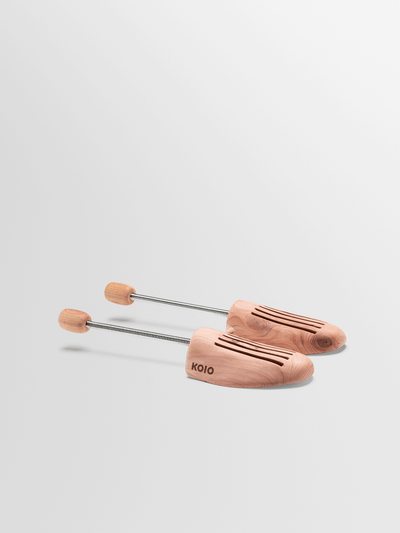
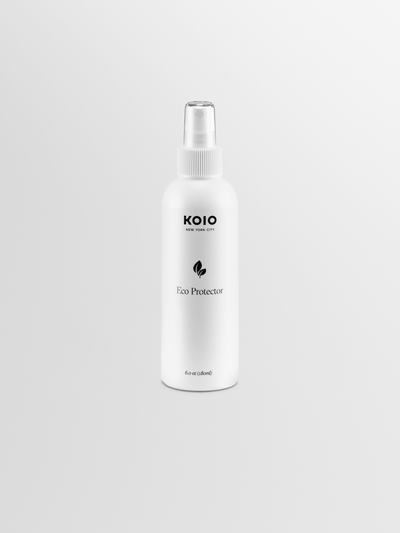
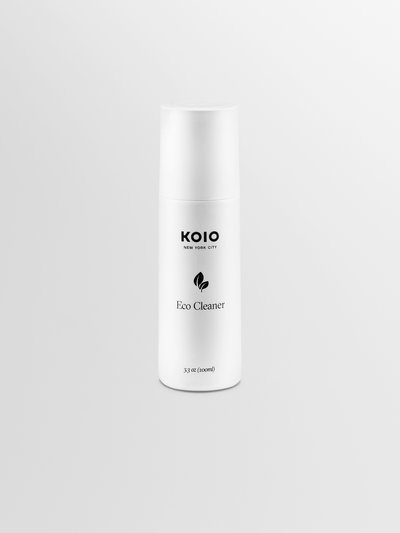
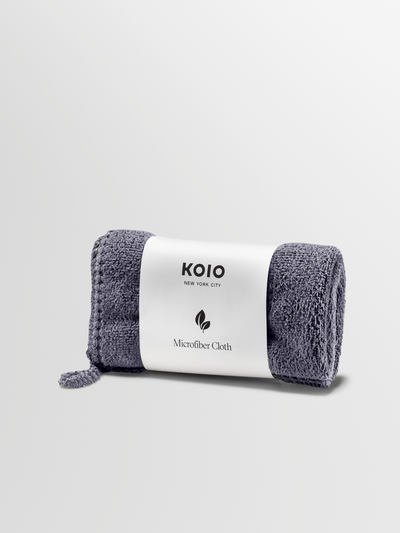
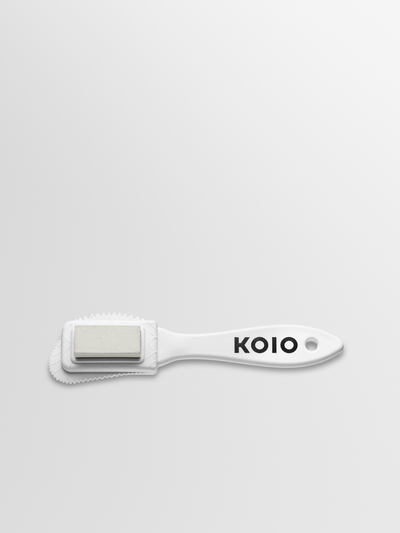

Comments